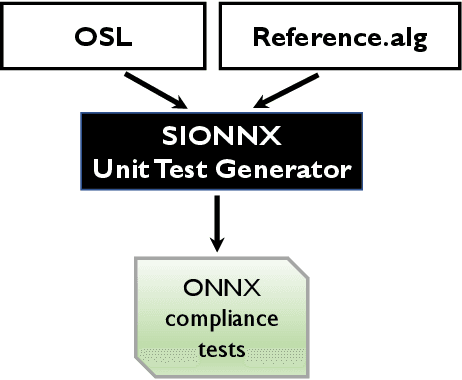Shuhan Ding
AURAD: Anatomy-Pathology Unified Radiology Synthesis with Progressive Representations
Sep 05, 2025



Abstract:Medical image synthesis has become an essential strategy for augmenting datasets and improving model generalization in data-scarce clinical settings. However, fine-grained and controllable synthesis remains difficult due to limited high-quality annotations and domain shifts across datasets. Existing methods, often designed for natural images or well-defined tumors, struggle to generalize to chest radiographs, where disease patterns are morphologically diverse and tightly intertwined with anatomical structures. To address these challenges, we propose AURAD, a controllable radiology synthesis framework that jointly generates high-fidelity chest X-rays and pseudo semantic masks. Unlike prior approaches that rely on randomly sampled masks-limiting diversity, controllability, and clinical relevance-our method learns to generate masks that capture multi-pathology coexistence and anatomical-pathological consistency. It follows a progressive pipeline: pseudo masks are first generated from clinical prompts conditioned on anatomical structures, and then used to guide image synthesis. We also leverage pretrained expert medical models to filter outputs and ensure clinical plausibility. Beyond visual realism, the synthesized masks also serve as labels for downstream tasks such as detection and segmentation, bridging the gap between generative modeling and real-world clinical applications. Extensive experiments and blinded radiologist evaluations demonstrate the effectiveness and generalizability of our method across tasks and datasets. In particular, 78% of our synthesized images are classified as authentic by board-certified radiologists, and over 40% of predicted segmentation overlays are rated as clinically useful. All code, pre-trained models, and the synthesized dataset will be released upon publication.
Sionnx: Automatic Unit Test Generator for ONNX Conformance
Jun 12, 2019


Abstract:Open Neural Network Exchange (ONNX) is an open format to represent AI models and is supported by many machine learning frameworks. While ONNX defines unified and portable computation operators across various frameworks, the conformance tests for those operators are insufficient, which makes it difficult to verify if an operator's behavior in an ONNX backend implementation complies with the ONNX standard. In this paper, we present the first automatic unit test generator named Sionnx for verifying the compliance of ONNX implementation. First, we propose a compact yet complete set of rules to describe the operator's attributes and the properties of its operands. Second, we design an Operator Specification Language (OSL) to provide a high-level description for the operator's syntax. Finally, through this easy-to-use specification language, we are able to build a full testing specification which leverages LLVM TableGen to automatically generate unit tests for ONNX operators with much large coverage. Sionnx is lightweight and flexible to support cross-framework verification. The Sionnx framework is open-sourced in the github repository (https://github.com/alibaba/Sionnx).
 Add to Chrome
Add to Chrome Add to Firefox
Add to Firefox Add to Edge
Add to Edge